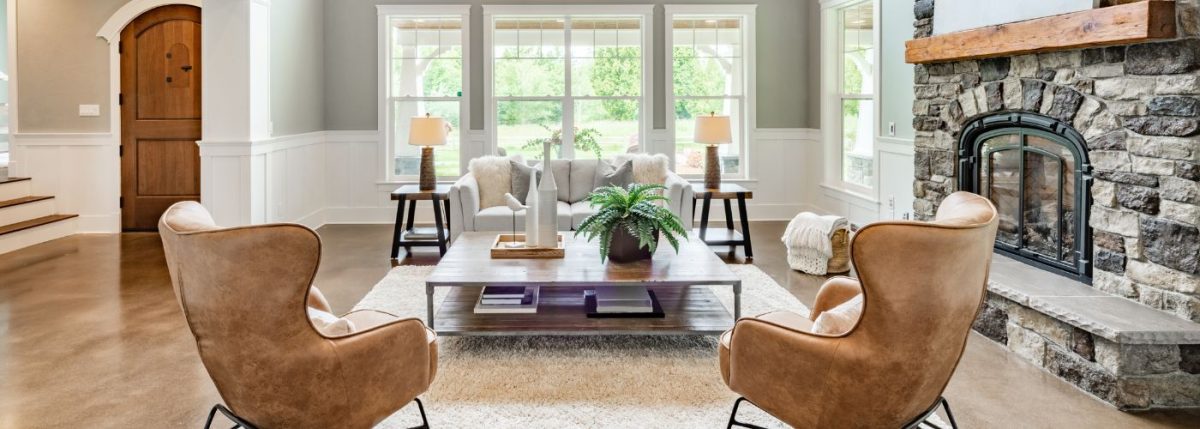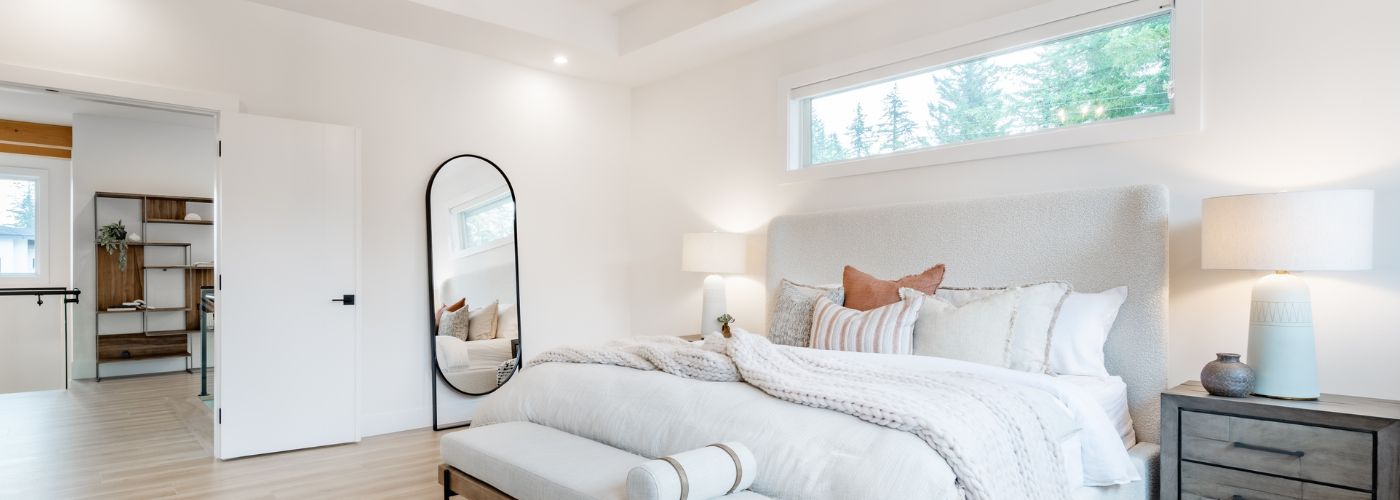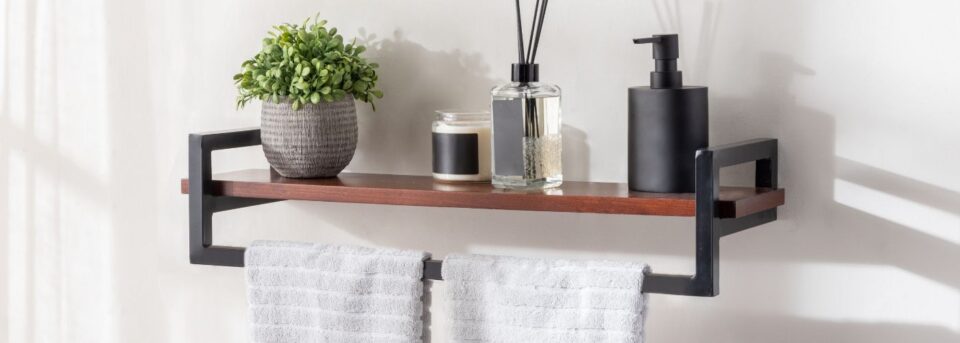Best Tips For Furniture Staging For Home Sellers

Imagine walking into a home that feels like a warm embrace, where every corner whispers potential and invites you to imagine your life within its walls. This is the magic of furniture staging, an art form that can transform any space from ordinary to extraordinary! We’ll going over tips for furniture staging to elevate your interior design.
Essential Furniture Staging Tips For Home Sellers
When staging your home, consider the power of strategic furniture placement to create a welcoming and spacious environment. Instead of focusing solely on decor, think about how furnishings can guide the flow of movement through each room.
For instance, angle a sofa to invite conversation and warmth, while placing a dining table centrally can draw attention and highlight its functionality. A thoughtfully arranged space not only showcases how to utilize each area but also allows potential buyers to envision their own lives within those walls.
Additionally, don’t shy away from using multi-functional furniture; this is especially appealing in smaller homes or apartments. Choose pieces that serve dual purposes—like an ottoman that doubles as storage or a coffee table with lift-top capabilities—to illustrate practicality without sacrificing style.
This approach not just maximizes charm but also addresses modern buyers’ desire for versatility in their living spaces, tapping into their imagination as they picture everyday scenarios unfolding in their future home. By far these are some of the many tips for furniture staging that can help home sellers.
Removing Personal Items and Clutter
One of the most impactful tips for furniture staging for home sellers is the strategic removal of personal items and clutter. Homes tend to feel more inviting when potential buyers can envision themselves living in the space, and this becomes challenging amidst a sea of family photos and unique memorabilia.
By packing away personalized decor, sellers can create a neutral backdrop that allows prospective buyers to imagine their own lives unfolding within those walls. This doesn’t mean stripping your home of character; rather, it’s about making thoughtful choices that enhance appeal without losing warmth.
We recommend carefully selecting a few tasteful, universally appealing decorations—such as neutral artwork, elegant plants, or classic furnishings—that retain the essence of your home while promoting a sense of openness. Additionally, consider the layout and flow of each room.
Arranging Furniture to Optimize Flow
One of the most impactful strategies in home staging is the use of multi-functional furniture. This not only maximizes space but also showcases how versatile a smaller area can be. For example, a stylish ottoman that doubles as storage or a dining table that expands for entertaining can transform perceptions about space efficacy.
Potential buyers often envision their lifestyle within your home, and demonstrating adaptability through well-chosen furnishings can ignite their imaginations.
Additionally, consider the arrangement and flow of your staged furniture. Create inviting pathways that draw buyers into each room, while maintaining focus on key features like fireplaces or windows.
Rather than crowding rooms with oversized pieces, opt for streamlined selections that emphasize openness—this invites viewers to visualize themselves living comfortably within the confines of your home’s space.
Utilizing Mirrors to Enhance Light and Space
One of the most transformative strategies in home staging is utilizing mirrors to enhance light and space. Mirrors can act as strategic focal points in a room, drawing the eye and creating an illusion of depth.
Placing a large mirror opposite a window not only reflects natural light but also amplifies it throughout the space, making interiors feel brighter and more inviting. This simple addition can convert even the coziest corners into open, airy retreats, appealing to buyers’ desire for spaciousness.
Moreover, think creatively about integrating mirrors into your staging plan—an ornate mirror above a fireplace or playful designs flanking artwork can elevate aesthetic appeal while suggesting elegance and sophistication.
When positioned thoughtfully, mirrors can also complement existing decor without overwhelming simpler furnishings. Overall, this can help your interior design as well!
Add Textiles for Comfort and Warmth
When staging a home for sale, the sensory experience is paramount, and adding textiles can significantly elevate the comfort and warmth in each room. Layering throws on sofas or enhancing beds with plush comforters invites potential buyers to envision themselves unwinding in the space.
Consider incorporating a variety of fabrics—velvety cushions, soft rugs, and lightweight drapes—to create depth and texture that will appeal to both sight and touch. This approach not only makes spaces more inviting but also helps soften harsh lines of furniture and architecture.
In addition to enriching aesthetics, unique textiles can help define zones within open floor plans. For instance, a strategically placed area rug can demarcate a cozy reading nook or living space from dining areas, making each section feel purposeful while maintaining an overall fluidity.
Use Greenery and Natural Elements
Incorporating greenery and natural elements into your home staging can profoundly transform a space’s ambiance, making it feel more inviting and vibrant. Strategically placed houseplants not only breathe life into a room but also promote a sense of well-being for potential buyers.
Opt for low-maintenance plants like snake plants or pothos that can thrive in various lighting conditions—these choices convey care without the worry of high upkeep. This can also help with your backyard staging as well.
To further enhance this earthy aesthetic, consider integrating natural materials through furniture and decor selections. A wooden coffee table or woven baskets can create a warm, organic look that appeals to buyers’ desire for comfort and relaxation.





